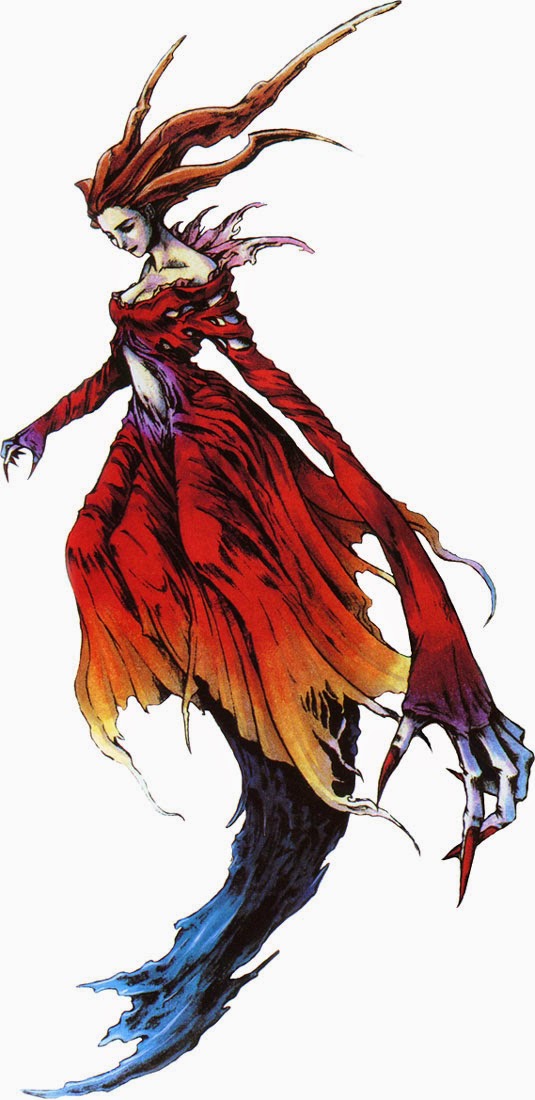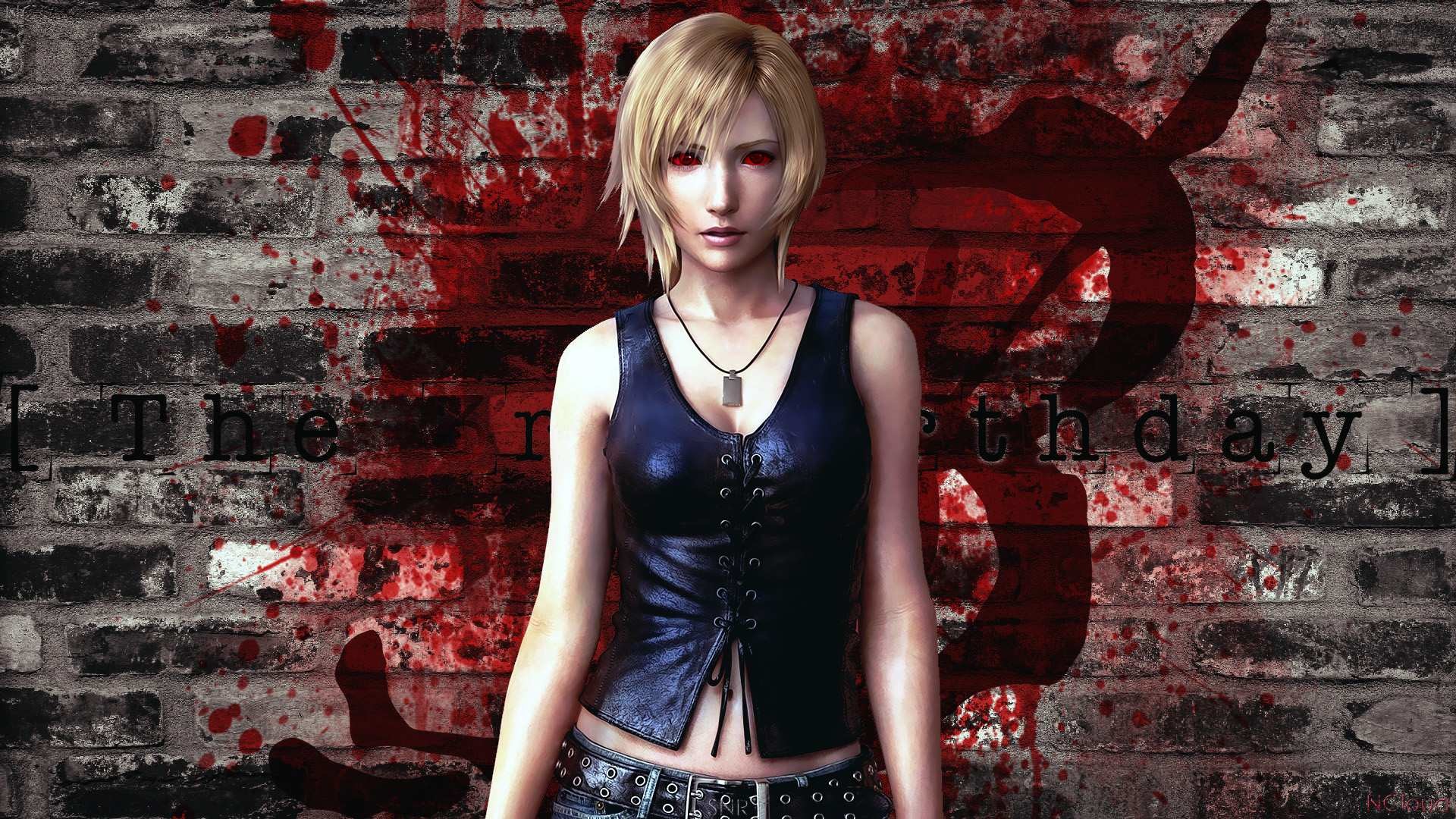

#Parasite Eve mod
The game also has an equipment mod system in which weapons and armour can be broken down and their modifiers transferred to other items. Each weapon has varying properties (range, clip size, rate of fire, etc.), and both weapons and armour have common RPG battle system properties, allowing the player to have things such as the ability to have the first attack in the battle, add ice or poison effects to your weapon, and so on. This combat system was later modified and reused two years later in another of Square’s forgotten games in Vagrant Story.Īs far as weapons go, there are no shortage of guns in the game, ranging from pistols and shotguns to machine guns and grenade launchers. This also puts Aya in a vulnerable position, as she’s unable to move until she finishes firing, making the player think carefully about their attack position. If you choose to attack, the battle momentarily pauses, and a dome/sphere appears to indicate the range of the weapon, allowing the player to target an enemy within range until the rounds in Aya’s gun have been spent. When the ATB is full, the player may choose to escape, use an item, attack with their equipped weapon, or in place of magic, use Aya’s PE (Parasite Energy) for an attack/defense “spell”. During this wait, the player can move Aya around the area to dodge enemy attacks, or find a safe place to mount an attack of their own. However, upon entering a battle, instead of it being turn-based, Parasite Eve uses a real-time combat system with an Active Time Bar (ATB) that sets the time that a player must wait until they can take their next action. Like Final Fantasy, players engaged in random battles. What set Parasite Eve apart from Square’s previous RPGs was the combat. While the story isn’t anything to fawn over, the characters do pack a lot of emotion into the dialogue, and the plot twists and eventual over-the-top climax do manage to keep you engaged in some form. It’s your basic “save the world” scenario, with the mitochondria situation being explained to the player in Grade 10 biology terms. The premise is both cool and ridiculous at the same time, but isn’t what you’d call a standout. Aya must now find a way to stop Eve from destroying New York City, but also the world. Later on, it’s revealed that Melissa (now calling herself “Eve”) is the living embodiment of the mitochondria, and can control other people’s mitochondria. Aya and Melissa are the only ones left, with Melissa soon mutating into a creature and escaping into the sewers. On Christmas Eve, Aya attends an opera at Carnegie Hall, where during the aria of the diva, Melissa Pearce, people start to spontaneously combust. The plot centres on New York City police officer Aya Brea over a six-day span in 1997. The novel became the first winner of the Japan Horror Novel Award, and with Koji Suzuki’s “Ringu”, spawned film adaptations and mangas, and in the case of “Ringu”, started the ball rolling with American remakes of Japanese horror films in the late 90s-early 2000s.Īs for the game, thankfully it’s not necessary to have read the book (which is good, since the novel wasn’t translated into English until 2005). Sena’s novel concerns the idea of “What if the mitochondria are actually a sentient lifeform?,” and the resultant chaos that occurs when the mitochondria decide to take over their hosts on their way to taking over the world. The story for the novel revolves around symbiogenesis, a theory that mitochondria (aka the powerhouse of biological cells) were originally a separate organism unto themselves, but lived in a symbiotic relationship within the cells of another organism. Sena’s background in pharmacology, combined with his day job in microbiology, as well as a television documentary that he had watched, inspired him to write “Parasite Eve”. A sequel to Hideaki Sena’s 1995 novel of the same name, to be exact. On the 20th anniversary of the game’s release (in Japan), it’s worth looking back on how the game wasn’t just another Final Fantasy, but also how it was part of the J-Horror phenomenon of the late 90s.īefore actually getting into the game, it’s worth noting that Parasite Eve the game is actually a sequel.

Blending a mix of real-time combat and traditional role-playing mechanics, the game ended up being a hit for Square, though has sadly been forgotten. Its next projects not only included branching out into other genres with their impressive shoot-’em-up Einhänder, but also seeing how far it could go with its tried-and-true genre, the RPG. Riding high after the phenomenal success of 1997’s Final Fantasy VII, Squaresoft decided to be a little ambitious.


 0 kommentar(er)
0 kommentar(er)
